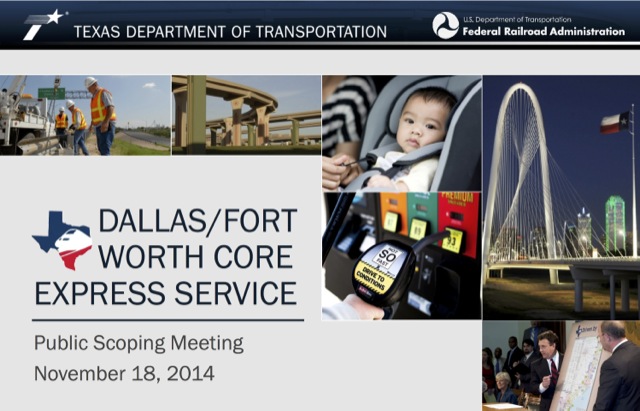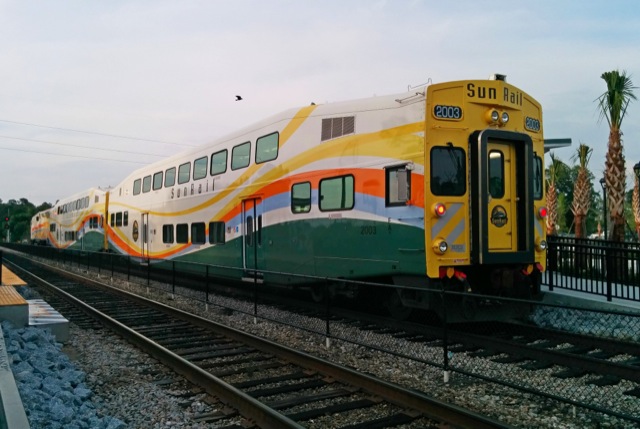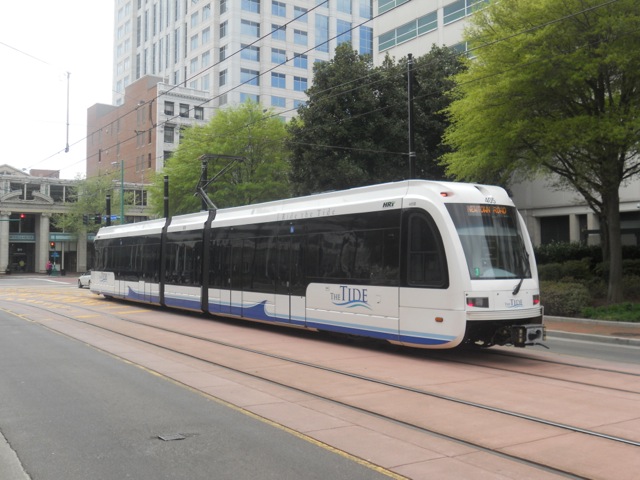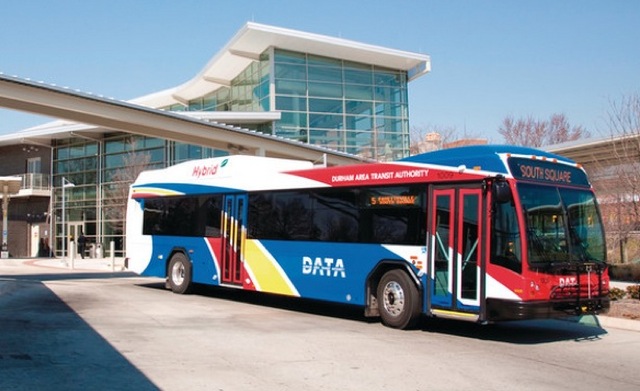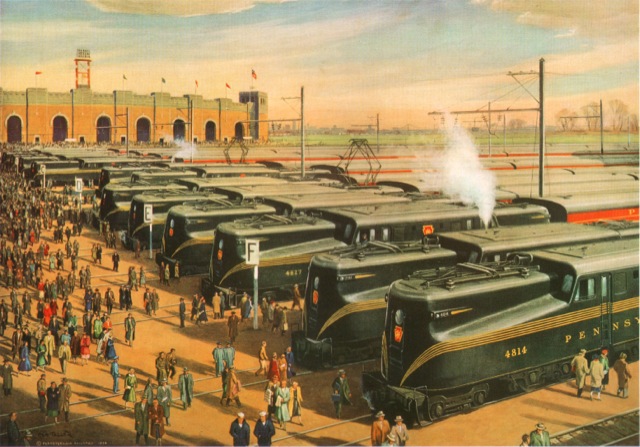With great fanfare, Jerry “Moonbeam” Brown and a host of other politicians signed a rail in Fresno as a symbolic gesture toward starting construction of California’s high-speed rail project. But, despite what they say, California can’t afford to build it, and the plan they can’t afford won’t really be high-speed rail all the way from Los Angeles to San Francisco anyway.
Recall that back in 1994, California estimated that this high-speed rail line would cost less than $10 billion (about $15 billion in today’s dollars). At that price, experts at the University of California calculated, taking the train from Los Angeles to San Francisco would cost almost twice as much as flying and more than driving.
By 2008, when the measure reached the voters, the project’s estimated cost had grown to $33 billion in 2008 dollars (about $36 billion in today’s dollars). Soon after voters approved it, the cost quickly zoomed to $65 billion in 2010 dollars (about $71 billion in today’s dollars).

